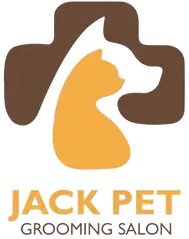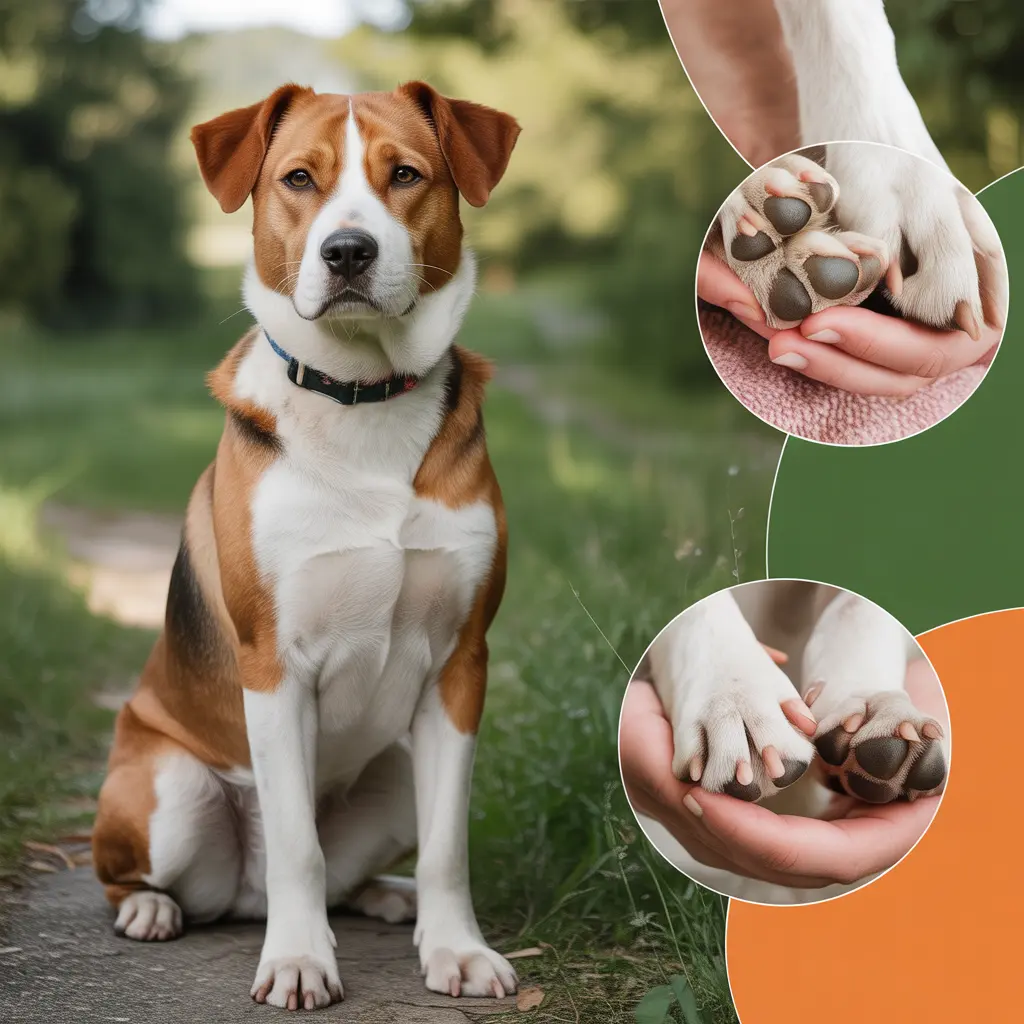A dog’s paws are essential to its everyday life. They are not simply cute pads at the end of their legs but are complex structures that are crucial to movement and exploration of the world. Healthy paws mean happy dogs that run and play and can walk across various terrains without pain. Neglecting paw care can lead to painful conditions, affecting the dog’s general well-being and mobility. Knowing the importance of paw care at home is the first step for keeping your dog active and comfortable. Regular pet grooming in Abu Dhabi can further support their routine by maintaining paw hygiene and nail health.
Common Paw Problems and Their Prevention
Every dog faces several problems concerning the paws because of their constant engagement on different surfaces and in different environments. Proactive care does a lot in reducing the probability of such problems.
1. Cracked or Dry Paw Pads
Paw pads get dried and cracked due to extreme weather, hot pavement in summer, and icy surfaces in winter. Anything irritating from chemicals, such as de-icers or cleaning products, can also suck moisture from the pads and irritate them. Applying paw balm or moisturizer forms a protective barrier and keeps pads soft.
2. Nail Overgrowth and Its Consequences
Long nails cause considerable pain and other problems for dogs. When nails grow too long, they may curl under and grow into the paw pad, causing pain and injury. Long nails also alter your dog’s gait and put stress on their joints and spine, which may lead to orthopedic problems in the long run.
3. Allergies and Irritations
Environmental allergens such as pollen, grass, and dust mites may induce itching, redness, and excessive licking or chewing with paw irritation in a dog. Contact with irritants such as certain plants, fertilizers, and cleaning chemicals can also cause similar reactions. Cleaning your dog’s paws after a walk will also help remove the entry of irritants, allergens, or other substances that could eventually lead to a problem. Watch out for signs such as constant licking, swelling, or a strong odor.
4. Cuts, Abrasions, and Punctures
Paws are vulnerable to cuts inflicted by sharp objects on walks, such as glass, thorns, or metal scraps, etc. Hot pavements can cause serious burns, while rough footings, such as gravel or rocky trails, can lead to abrasions. Remember always to check your dog’s paws after outdoor activities. Minor cuts and abrasions require cleaning with an antiseptic solution and protection using a bandage. Seek veterinary attention immediately for deep wounds, punctures, or continuous bleeding.
Everyday Paw Care Routine
A regularised paw care routine is an essential element for the well-being of your dog’s paws against common problems.
Regular Cleaning and Inspection
It is wise to clean your dog’s paws after outdoor activities, especially following a walk or some playtime in the grass. This assists in removing dirt, debris, allergens, and irritating substances that could cause any issues. Use a damp cloth or paw cleaning washer to clean between their pads and toes gently. Check paws for cuts, swelling, splinters, and foreign objects. This simple step can prevent bigger problems from arising. If you have no spare time or have a shortage of tools, Mobile Dog Grooming in Abu Dhabi can help ensure this step is handled professionally.
Moisturizing and Protecting Paw Pads
Extreme weather causes drying and cracking of paw pads. Applying a paw balm or wax for dogs to moisturize the pads and act as a protective barrier from harsh weather is essential. These products are specifically helpful in the winter, acting as a shield against ice, salt, and de-icers, and in the summer against hot pavement. Some extra protection might be useful under rough terrain weather conditions when using dog booties.
Paw-Side Nail Trimming
Nail trimming is one of the most important ways of caring for the paws. Begin by having your dog comfortable with having his paws handled. Use sharp nail clippers or nail grinders that are specially designed for dogs. Identify the quick, the pink part of the nail that contains blood vessels and nerves, and avoid cutting it to prevent pain and possible bleeding. If it is a dark nail and you can’t see the quick, trim just a little at a time until you see a small dot in the center or dark area, which is an indication that you are close to the edge of the quick. Offer treats and praise for your dog, and do everything possible to ensure it is a happy experience for your dog. Regular nail trimming contributes significantly to ensuring that your dog is comfortable and is overall happy.
Hair Trimming Between Paw Pads
Some dogs with long or dense fur grow hair between their paw pads. This hair can trap dirt, debris, and moisture, leading to matting, skin irritation, and infections as well. It can also lead to reduced traction, making your dog more prone to slipping on smooth surfaces. Regularly trimming this hair flush with the paw pads will help keep the area clean, prevent mats, and allow your dog to have an enhanced grip. It also promotes health by making cleaning easier.
When to Seek Professional Help
Although paw maintenance can be carried out routinely at home, some situations will require professional vet or grooming intervention.
Persistent Limping or Favoring a Paw
If your dog is consistently limping, avoiding putting weight on a paw, or showing signs of pain while walking, this would indicate an underlying problem. An issue could be anything from a simple sprain or an object embedded deep into the paw, or it could be a more serious injury involving a fracture or torn ligaments. A vet is the only person who can diagnose what is going on and propose the most appropriate form of treatment.
Excessive Licking or Chewing of Paws
A dog may lick or chew his paws as part of a grooming procedure; If, however, this behavior becomes obsessive or excessive, it is a cause of concern. Such behaviour could indicate pain, allergy, fungal or bacterial infections, or anxiety. Prolonged licking may itself cause hot spots or other forms of irritation to the skin. The veterinarian would work with you to figure out the cause and provide a suitable treatment plan accordingly.
Unusual swelling, redness, and other discharge
Any abnormal swelling, redness that has persisted for a time, or discharge that is purulent or watery from your dog’s paw pads or the area in between the toes are signs of either infection or a major injury. These signs should not be ignored since infections spread quickly and, if untreated, can lead to more serious health complications. Therefore, obtaining timely help from a veterinarian is the key to proper diagnosis and treatment.
Problems with Nail Trimming
Nail trimming is often quite challenging for a dog owner, with black nails hiding the quick and making it almost impossible to see. If your dog gets particularly anxious or aggressive about nail trimming, or if you do not feel comfortable doing it, then getting some professional help is advisable. A professional groomer or vet has the experience, tools, and techniques for safely and effectively trimming the nails while minimizing stress for the owner and dog alike. In such cases, services focused on dog grooming for sensitive dogs can make the experience much easier and more comfortable for both you and your pet.
Conclusion
Regular paw care is essential for your dog’s comfort, mobility, and overall quality of life. Proper cleaning, moisturizing, and nail trimming regularly can prevent many common paw problems from developing. Staying alert for any unusual signs and being aware of when to seek professional help will ensure that your dog’s paws are healthy and strong. Integrate these tips into the routine of your dog, and you will support their adventurous spirit for years to come.

